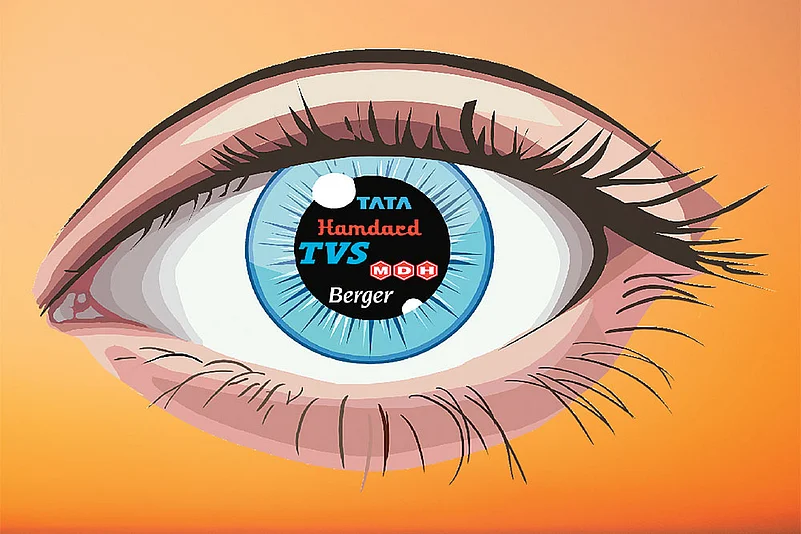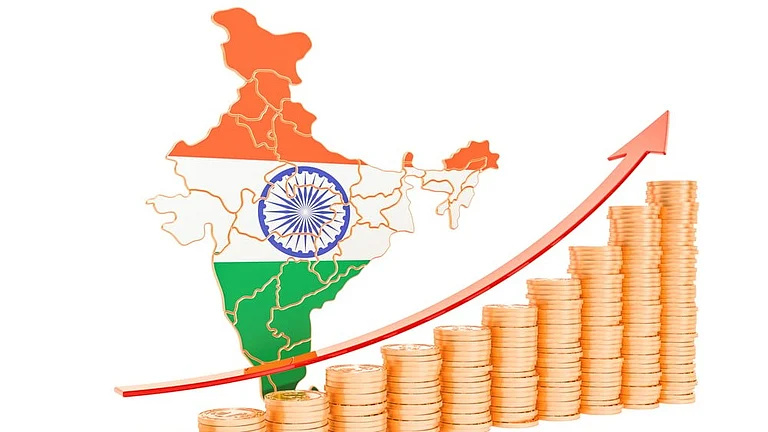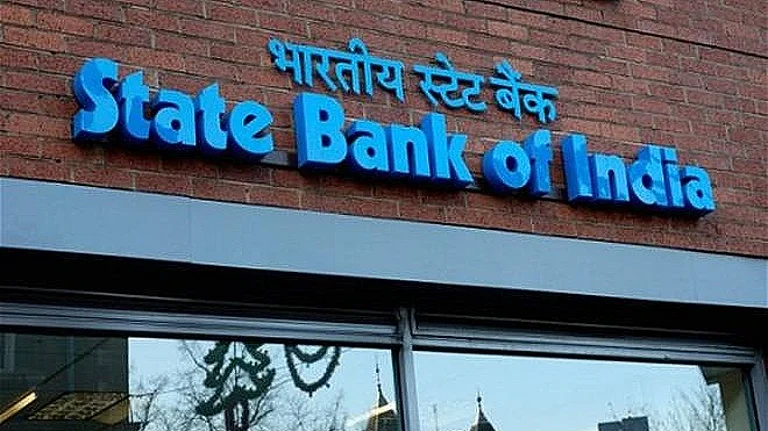My definition of a brand is simple. The brand is a thought that lives in a person’s mind. As many people, those many different thoughts of this one brand in question. And that is brand complexity, something that brand-custodians within companies grapple with all the time.
As I peek into the lives and times of century-old companies, I am struggling to find that one common element in all of them. Is there one at all? Or are there many? And does knitting all of them together make for the creation of a true-blue timeless brand that has the ability to nurture the love of every generation it caters to, has catered to and will cater to in the future?
The 17 companies [profiled in this issue] span literally every type of enterprise there is to mention. There are the biggies from the realm of products and services (Tata Steel and Tata Power), there are banks (Bank of Baroda and Central Bank of India) and companies that span every other type of enterprise that finds a use at home or office. There is the grower and marketer of the coffee bean (Tata Coffee), the guys who got us that syrupy ruby-colored drink called Rooh-Afza (Hamdard), the makers of the best Good Day biscuit (Britannia Industries) and the guys who help you paint the walls of your life white, yellow and green (Berger Paints). And there are more to munch on this list.
These companies have created timeless brands that have helped them bridge the gap that generations leave behind them to the benefit of their top-line, bottom-line and affection-line equally. If you really think of the companies on this list, affection for sure is a common sentiment that arises, directly in some cases and indirectly in some others.
I do believe timeless brands are created by companies that believe in timeless values. Three for now.
Trust Tops the List
The first common element in this timeless-value checklist is trust. Every one of these companies has believed in and invested in products and services that offer trust to the user. The user is looking for this one crisp and ever-fresh word in every offering. The consumer is a trust-seeking entity. In every relationship, the one big thing sought is trust. Whether it be in a relationship with a human or an inanimate brand, trust rules. Every one of these 17 companies has been a trust-leader. Generations of managers who have led the companies forward have believed in this one basic. And right at the forefront is the Tata Group in India. As are the Hinduja group, the JK Org., Godrej and Birla Corporation. The list continues to embrace many.
Every one of these companies has invested in managing trust deeply and heavily. You sow trust, you harvest trust. Over a hundred years and more, many of these companies have invested in getting trust to be the basic building block of their organisations. If consistency of both product offering and service is the end-assessed value on the parameter of trust, so be it. These companies worry a lot when product re-engineering needs to be done for any reason. They would rather lose money than repute on product and service. Everyone on this august list of the August issue (I could not help but this pun) has done just this. The examples are many over the decades. And the exceptions are far and few.
Being Accessibile
The ability to touch every life, both big and small, is the second timeless value. The brand is also defined to be a premium which a consumer pays. A commodity does not charge a premium. Premium is typically charged by brands considering the price a customer can really bear. Literally every brand on this list has sworn to have the ability to touch every Indian life in some way or the other, never mind the premium. Whether it be a cigarette, a biscuit, a masala, a paint or a moped, each of these brands has shown the ability to be accessible by every part of society. The offerings of each, either directly or indirectly, are reached by the rich, the middle-class and the poor. Possibly not as equally as one would have wished, nevertheless, the timeless brand must be accessible to all. And these largely are. These products and services are consumption democracies at play. Brands such as Tata Steel realised early in their lives that they had to be consumer-touched. Never mind the fact that these were B2B offerings that went into the making of a sundry set of offerings that disguised what they have to offer in end-user terms. In came the “We also make steel” line, as did advertising that made the end-customer of their primary customer their customer as well.
Staying Contemporary
Every brand offered by all of these companies is most certainly on a treadmill. The floor on which you are running is ever-changing. Customers are changing all the time in terms of age, gender, usage pattern, attitude, inclination and more. If your brand offering is able to assess all of this on a real-time basis all the time, and make those small tweaks that the consumer is not asking for but wants, you are ahead of the curve of consumer need, want, desire and aspiration. The companies on this list have kept making those small changes to everything that they offer. While by and large everything looks the same, the more they look the same, the more different they are. If the product will not be touched, the packaging has been. If not that, the communication is being touched up all the while. Look keenly at the advertising histories of these companies and their advertising guard-books over the decades, and you can write a book on each of these companies and their subliminal but sure efforts to stay contemporary. Many of these companies still hold on to their timeless BPS (Brand Positioning Statement), but God is in the tweak of their APS (Advertising Proposition Statement) all through.
I must conclude: The brand is a truth. A truth that lives on and on. To that extent, a good brand is one that can surpass time and hold on to different generations of consumers who stick, and even swear, by it in many cases. The brand is an ownership. Brands are not owned by the companies that make them. They are owned by people (both who use them and those that do not) in their minds.
The brand is owned in consumer minds. This mind-ownership of brands by the people who live with them in modern consumer society is more important a facet to focus upon, rather than the business and financial ownership of these brands by the companies on list. Every one of the companies on this list has recognised this fact and, to an extent, lives by that ethos into an eternity of timelessness.
These companies have mastered the science of “brand baton-passing”. As consumer generations move on, one into another (from Gen Z to the Alpa Gen, for instance), the handing over of the baton from one generation to another is handled smoothly, subliminally and silently. So silently that no one even notices ever.
In that silence lies the essence of timelessness. Touche!
Harish Bijoor is a business and brand strategy specialist and founder of Harish Bijoor Consults Inc

























